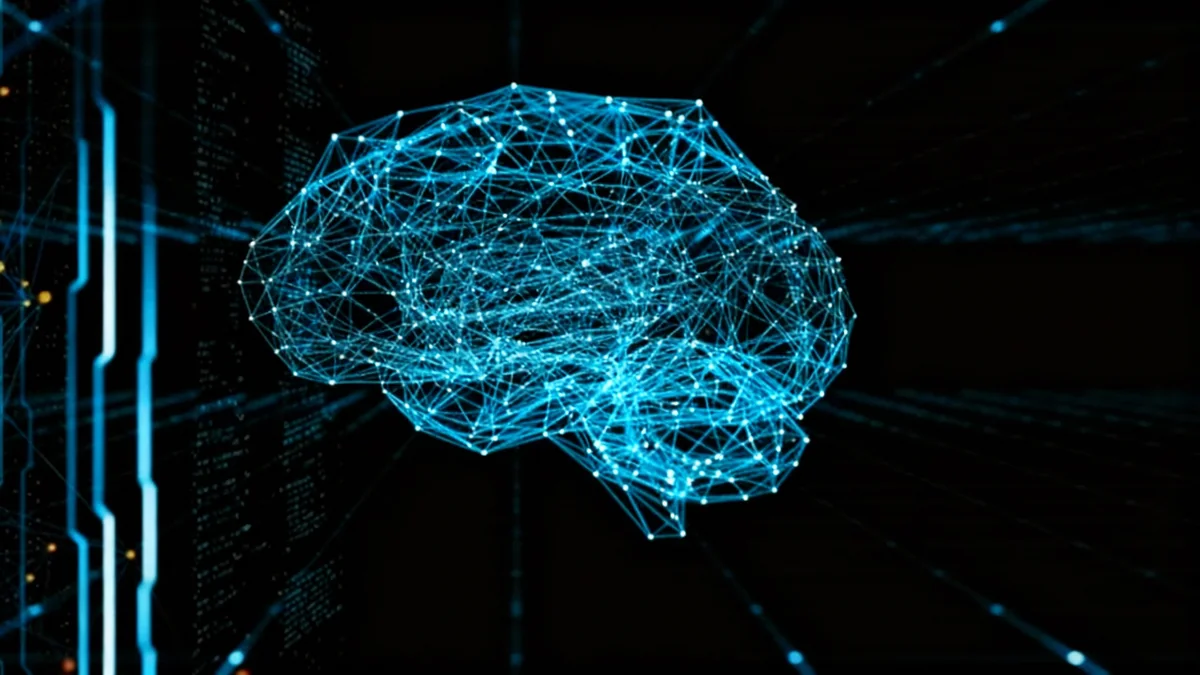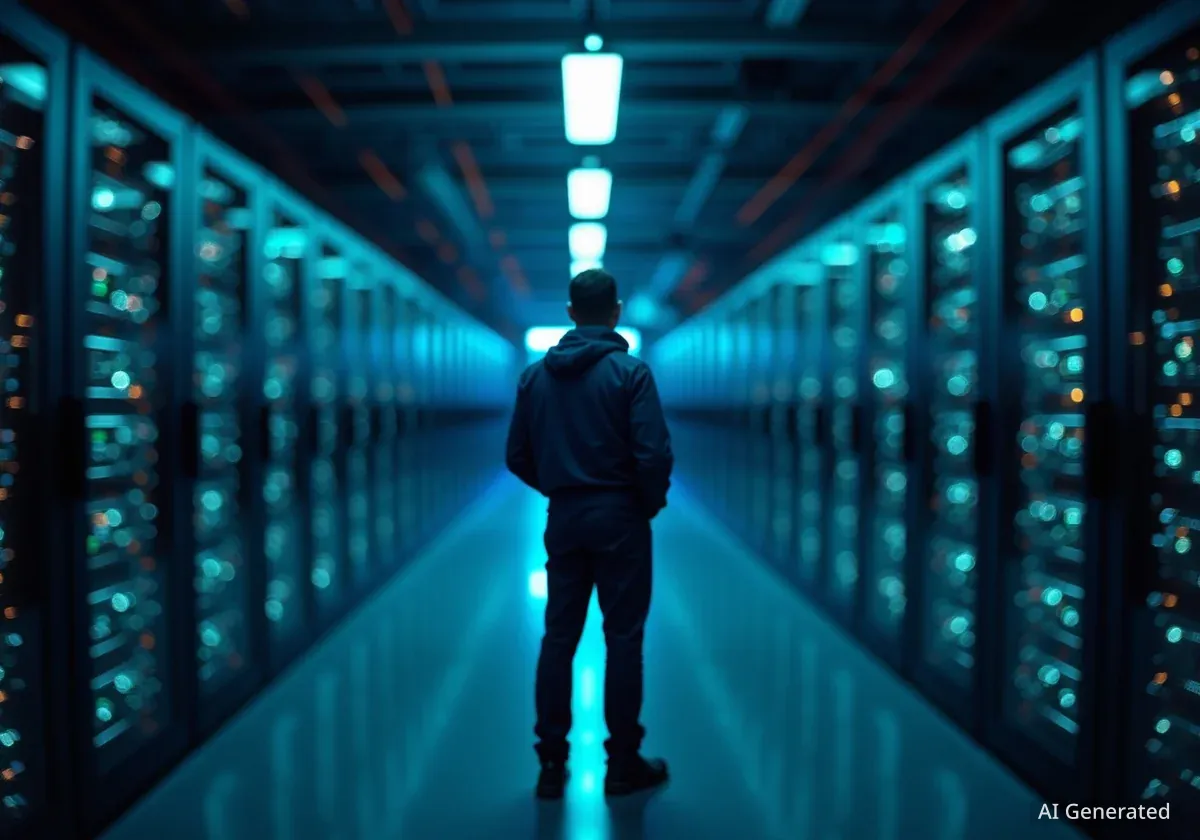A company once focused on mining Bitcoin has seen its stock value increase by more than 500% this year. The reason for this dramatic growth is a strategic expansion into a new, power-hungry industry: artificial intelligence.
IREN, a firm known for its large-scale cryptocurrency operations, is now leveraging its infrastructure to provide high-performance computing services for AI companies. This move positions the company at the center of the growing demand for the immense energy required to train and run advanced AI models.
Key Takeaways
- IREN's stock has surged over 500% in 2025 after expanding its services to the AI sector.
- The company is repurposing its power-dense data centers, originally built for Bitcoin mining, to host AI computing hardware.
- Company officials state this was a long-term strategy, not a recent pivot, based on the growing need for digital infrastructure.
- The primary constraint for AI growth is identified as the lack of available land, power, and specialized data centers.
The AI Industry's Insatiable Demand for Energy
The rapid development of artificial intelligence has created an unprecedented demand for electricity. Large technology companies, often called hyperscalers, are struggling to find enough power through traditional utility grids to support their expanding AI operations.
This energy challenge has opened the door for companies with existing, large-scale power contracts and infrastructure. Bitcoin miners, by their very nature, build facilities designed for high-density power consumption, making them ideal partners for the AI industry.
A Growing Appetite for Power
According to projections from the Electric Power Research Institute, data centers in the United States could consume up to 9% of the nation's total electricity by 2030. This figure is more than double the current consumption level, driven largely by the expansion of AI.
IREN has capitalized on this trend by offering its facilities and power resources to AI firms. This strategic move has been well-received by the market, with the company's stock price climbing from a low of $5.13 in April to a high of $74.15 on October 15.
A Long-Term Vision, Not a Sudden Pivot
While some observers might see this move as a pivot away from a volatile cryptocurrency market, company leadership describes it as the execution of a long-standing plan. Kent Draper, IREN's Chief Commercial Officer, explained that the company's founding principles were built on anticipating the growth of the digital economy.
"This isn't a pivot for us. This has been the strategy from day one," Draper stated. "Going back seven to eight years ago when the business was founded, it was around the thesis of fast growth in the digital space, increasing digitization of everything and increasing data dependency."
Draper emphasized that the company's infrastructure was designed with flexibility in mind. This foresight allows them to run different types of high-demand computing tasks within the same facilities.
"Today we are literally operating AI workloads in the very same data halls where we're operating bitcoin mining," he added. This dual-use capability demonstrates the synergy between the two industries and IREN's ability to monetize its assets in multiple ways.
Solving the AI Industry's Biggest Bottlenecks
The primary challenge holding back even faster AI development isn't a lack of software or ideas; it's a shortage of physical infrastructure. Draper identified the key constraints facing the sector today.
The Three Key 'Pinch Points'
According to industry leaders, the AI boom is constrained by three main factors:
- Land: Access to suitable locations for building large data centers.
- Power: Securing massive, reliable energy contracts.
- Data Centers: Facilities capable of handling the high heat and power density of modern AI hardware like GPUs.
"If you look at what is the key pinch point in the sector at the moment, it is access to land, power and data centers that are capable of handling power-dense computing applications," Draper explained. "All of which we have in abundance within IREN."
By already having these critical resources in place, IREN can offer a faster path to deployment for AI companies that would otherwise face long delays in building their own facilities from the ground up.
Financial Impact and Future Direction
The company's focus on AI is already reflected in its financial outlook. For its upcoming earnings report on November 6, analysts project revenue to climb 344% to $241.7 million. Earnings per share are expected to swing from a 27-cent loss in the previous year to a 15-cent gain.
When asked about future capital spending, Draper confirmed that the AI cloud services division is the top priority. "We are seeing extremely strong demand," he said, indicating that this part of the business will be the primary driver of growth moving forward.
The move highlights a broader trend where the lines between different technology sectors are blurring. What was once a company dedicated to digital currency is now a key infrastructure provider for what many believe is the next industrial revolution.
"AI has the potential to change the way we operate in individuals' everyday lives, corporations and the demand we're seeing today is extremely strong," Draper concluded.
As the need for computational power continues to explode, companies like IREN are demonstrating that the most valuable asset in the digital age may not be a specific algorithm or coin, but the raw power needed to run them all.





